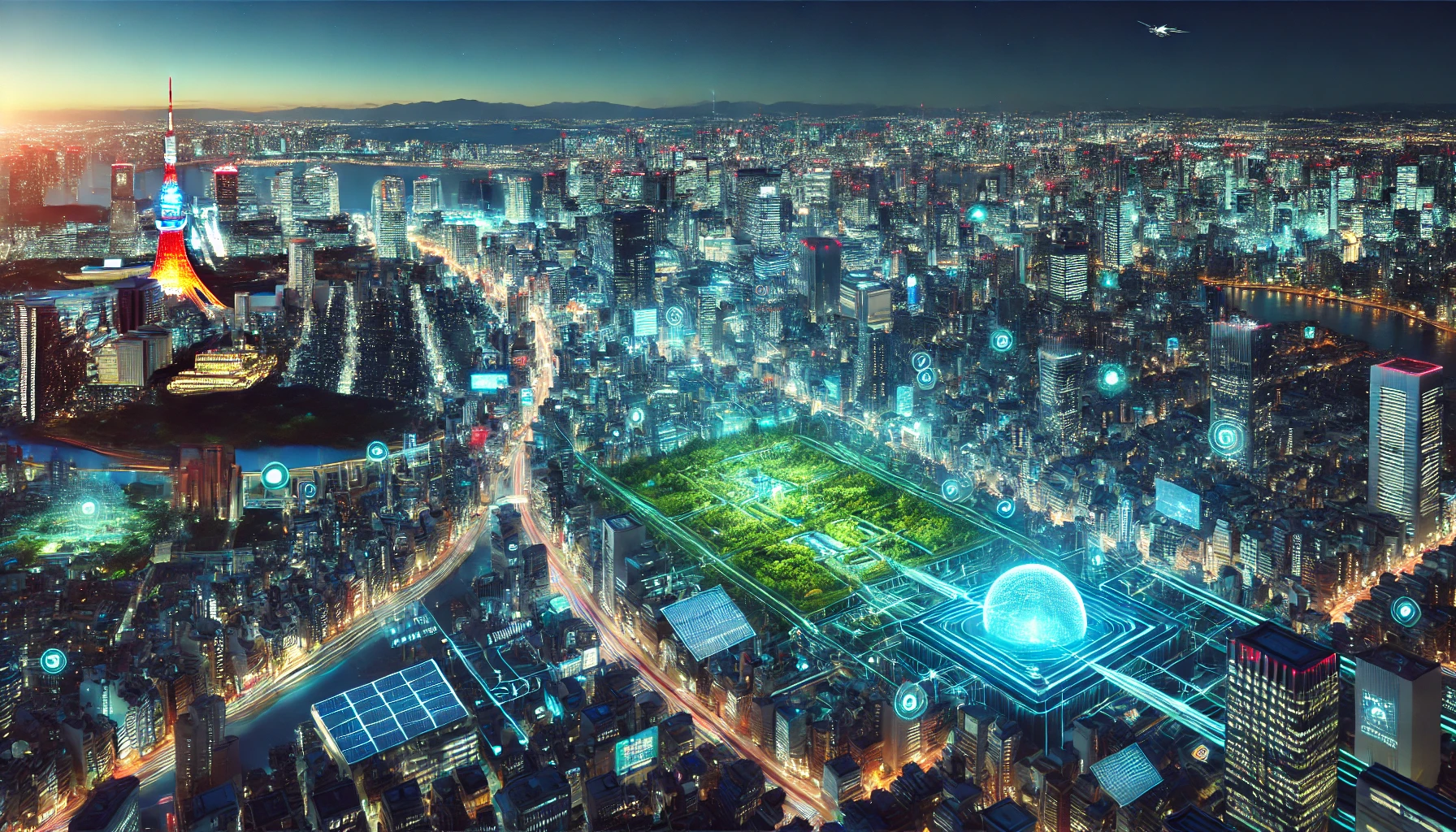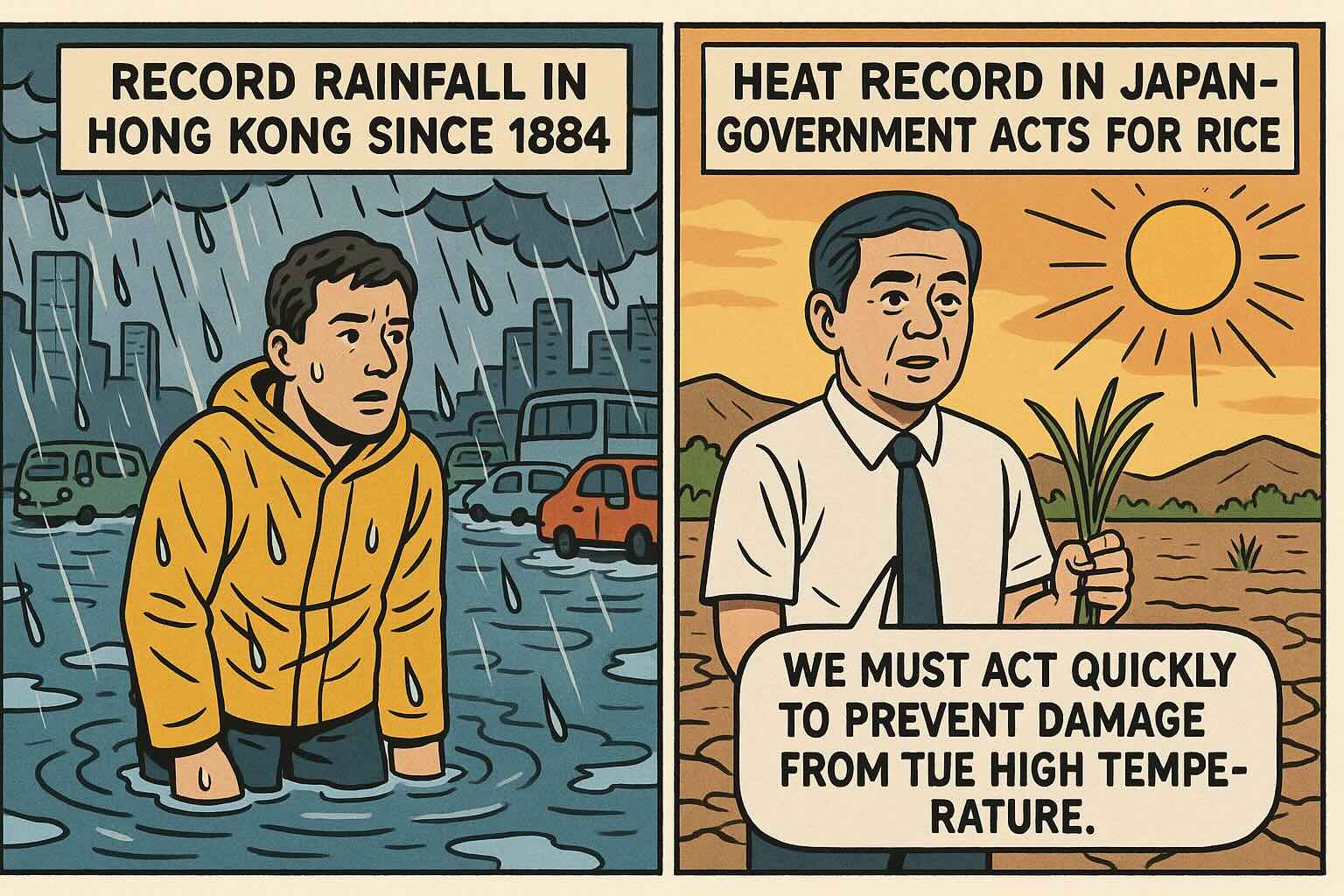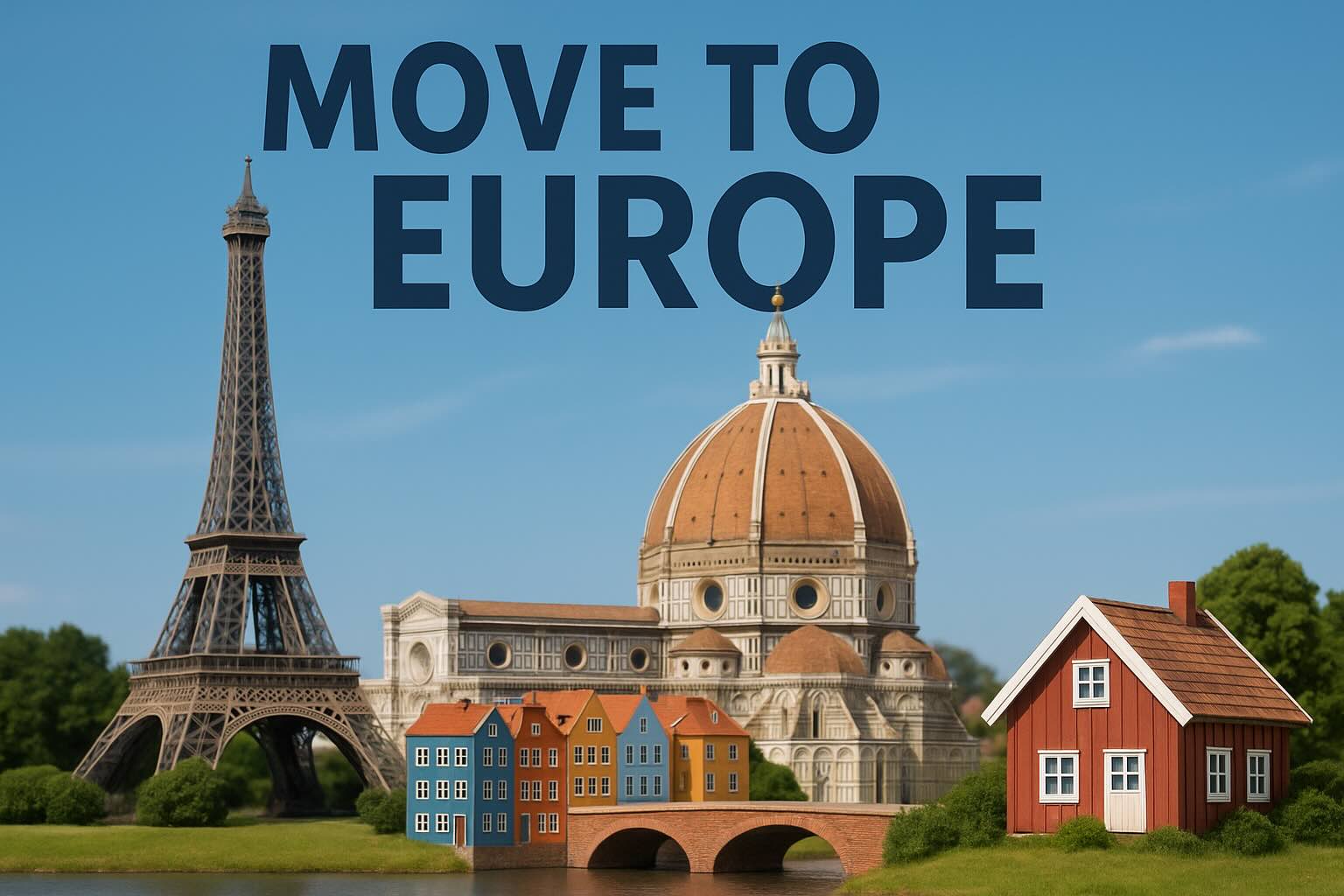
In today’s world, cities everywhere are looking for new ways to improve how people live by using technology and data. These cities, known as smart cities, are designed to make life easier, safer, and more sustainable for their residents. One of the best examples of a smart city is Tokyo. With its advanced technology and forward-thinking approach, Tokyo shows how cities can use innovation to solve modern urban problems.
As more people move into cities around the world, it becomes essential to create places that are not only high-tech but also friendly for all kinds of people and better for the environment. Tokyo stands out as a city that has managed to combine technology, community, and sustainability in a balanced way.
Tokyo’s journey to becoming a smart city started with its "Smart Tokyo" project, which was launched by the Tokyo Metropolitan Government (TMG). This project focuses on using technology and data to address important issues like traffic, pollution, public health, and safety.
What makes Tokyo different from many other cities is its approach. It understands that just adding technology isn’t enough to improve life in a city. Instead, Tokyo combines tech solutions with social policies, involving its citizens in decision-making and focusing on sustainable development. The city aims to build a connected system where different sectors—like transportation, energy, and healthcare—work together efficiently.
To achieve this, Tokyo uses smart technologies like artificial intelligence (AI) and the Internet of Things (IoT). For example, smart traffic systems help reduce traffic jams by adjusting traffic lights based on real-time data. This not only cuts down travel time but also helps lower pollution. Tokyo also applies smart solutions to its utilities, making sure residents receive reliable and cost-effective services.
Woven City has separate roads for self-driving cars, pedestrians, and personal mobility devices, making transportation safer and more efficient. The houses in Woven City are equipped with advanced systems that monitor energy use and health data, creating a smart living environment.
Beyond technology, Woven City also focuses on sustainability. Green spaces and renewable energy are integrated throughout the city, and hydrogen fuel cells are used to power many of its facilities. This project shows how future cities could balance technology and nature.
Thanks to the digital twin, Tokyo’s metro system experiences fewer breakdowns because potential issues are identified and fixed before they become serious. The system also provides real-time updates to passengers, helping them plan their trips more efficiently.
Tokyo is now exploring how digital twins can be used for other city systems, like roads and utilities. By creating a virtual model of the whole city, Tokyo hopes to improve urban management and disaster response.
Smart meters have been installed in homes and businesses to help people track and reduce their energy use. In addition, Tokyo has introduced pricing models that charge less for using electricity during off-peak hours, encouraging people to save energy.
Tokyo is also experimenting with new types of solar panels that can be built into windows and walls, making buildings more energy-efficient. Another interesting idea is peer-to-peer energy sharing, where buildings with extra energy from solar panels can sell it to nearby buildings using blockchain technology.
Tokyo has also started using robots to assist the elderly with tasks like walking, reminding them to take their medication, and providing companionship. These robots use AI to recognise emotions and respond in a friendly way, making interactions more personal.
On a larger scale, Tokyo collects anonymous health data to predict disease outbreaks and manage healthcare resources better. This system helps the city respond faster during health crises and improve public health overall.
Tokyo has also built physical defences, such as flood barriers and earthquake-resistant buildings, to protect its people. The city holds regular disaster drills to make sure everyone knows what to do in an emergency.
In recent years, Tokyo has started using drones to assess damage after disasters. These drones can quickly survey affected areas and help rescue teams plan their operations more effectively.
Tokyo excels in making life better for its residents through technology. The city invests heavily in education and works with universities and tech companies to keep innovation going. By offering digital literacy programmes, Tokyo ensures that everyone can benefit from new technologies.
The city’s infrastructure is also designed to be accessible to everyone, including people with disabilities. Features like ramps, tactile paving, and multi-language signs make it easier for all residents and visitors to navigate the city.
At the same time, Tokyo faces challenges like high living costs and a poor work-life balance for many workers. To address these issues, the city is working on policies to make housing more affordable and promote flexible work arrangements. Smart housing solutions, which maximise space and reduce energy costs, are also being tested.
Tokyo’s success as a smart city is the result of strong collaboration between the government, businesses, and research institutions. Major tech companies like NEC and Hitachi play a key role in developing new technologies, while international partnerships allow Tokyo to share its knowledge and learn from other cities.
Looking ahead, Tokyo plans to expand its use of AI, self-driving vehicles, and 5G technology. By focusing on both local improvements and global cooperation, Tokyo aims to stay a leader in smart city development.
Tokyo shows the world how a city can use technology to solve modern problems while making life better for everyone. By combining innovation with a focus on sustainability and inclusivity, Tokyo sets an example for other cities to follow.
For more information, visit Tokyo Metropolitan Government’s official website.
Author
Michael Mammela is a contributor to BestCityIndex with expertise in urban development and global city trends.
Stay updated with our latest insights and city rankings.

Introduction:The aroma of aged wheels, bubbling fondue, and freshly baked bread for cheese lovers, Europe is a true paradise. Here are five cities where cheese...

Date: 5 August 2025Source: AFP, Reuters, Local Weather AuthoritiesReading Time: 3 minutesIntroductionIn just one week, Asia has faced two stark climate...

Moving to Europe: Pros and Cons by Country for Work, Retirement, Education & Lifestyle Part 1.Moving from the United States to Europe is an exciting...



